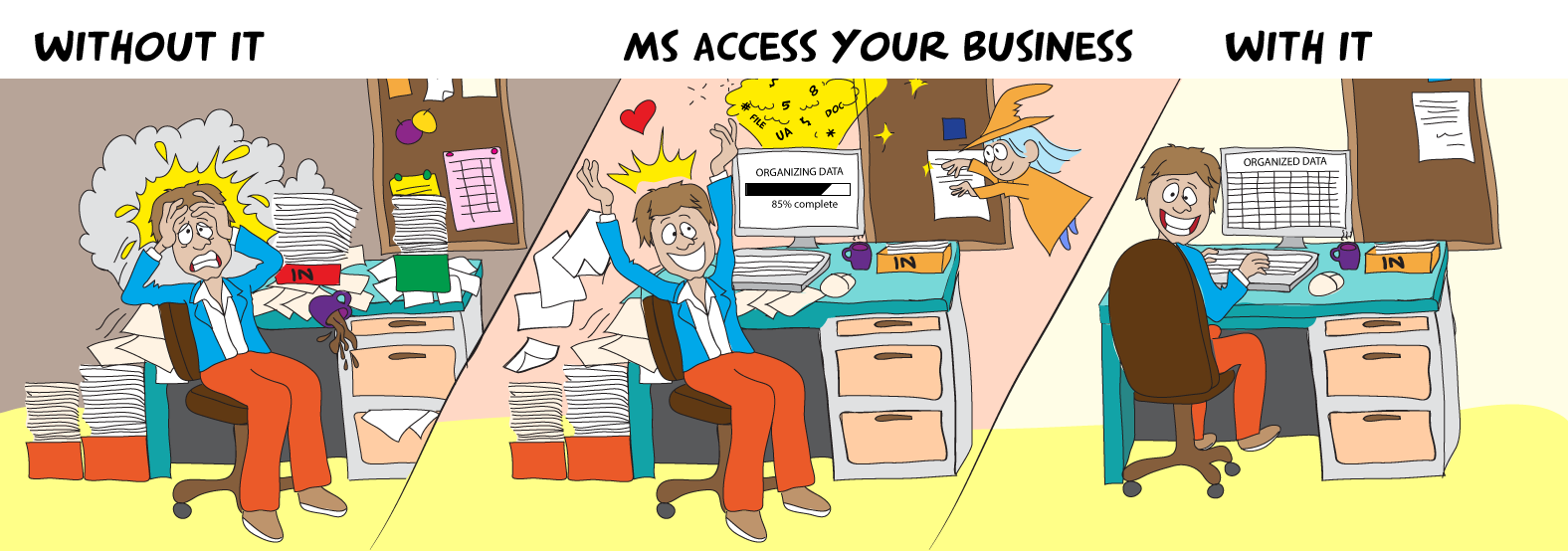BlueSpruce
Active member
- Local time
- Today, 05:30
- Joined
- Jul 18, 2025
- Messages
- 832
If your data is properly normalized, then removing the sensitive info can be as simple as deleting the master record of the person with the sensitive info, and then all that person's sensitive data will be automatically deleted in the related child tables via cascade delete. You will also significantly reduce the number of forms, reports and queries. Are you using MVF's in this application?am curious to know why I shouldn't have 4 or 5 thousand forms and reports. They are used to store and display data differently. My database has about 4000 tables. The forms do different kinds of statistical analyses. And they have different kinds of graphics and speech for different users. I try to understand each user's personality using the Myers-Briggs Type Indicator. I hope to use the 16 personality types to create a better database system.
Last edited:



